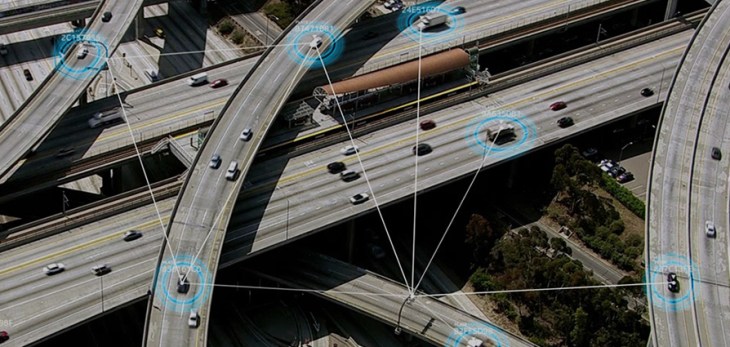Mobileye’s REM (road experiment management, in full) is going to help develop Level 4 and 5 vehicles eventually, yes, but Intel’s Dan Galves, Mobileye’s Chief Communications Officer, tells me that in the near-term it’ll have more interesting and immediate applications powering what he and Intel are calling ‘Level 2+” systems, which are semi-automated driving features for consumer vehicles that use existing sensor hardware available at affordable price points today, and that can enable driving equivalent to something like GM’s SuperCruise.
Basically, that means safely taking on things like driving in stop-and-go traffic on congested highways, performing simple braking and acceleration maneuvers and taking action when they might be able to avoid accidents that a human driver couldn’t. Nissan’s ProPILOT system is also similar, but Galves says that compared to other GM and Nissan’s solution, the version enabled by Intel and Mobileye’s tech will be easier to implement, without as much fundamental work required on the part of automakers or spend on specialized components.
Mobileye can do this by building on top of the growing availability of camera-based ADAS systems. Many cars these days, especially at higher trim levels, are built with optical cameras incorporated into their design at least, and often feature other sensor hardware as well.
These will start coming to market relatively soon, too – Intel says that it has Level 2+ and Level 3 design contracts in place with 11 carmakers so far, and that these represent our 50 percent of the total automotive industry taken together, with vehicles launching to market both this year and through 2019.

